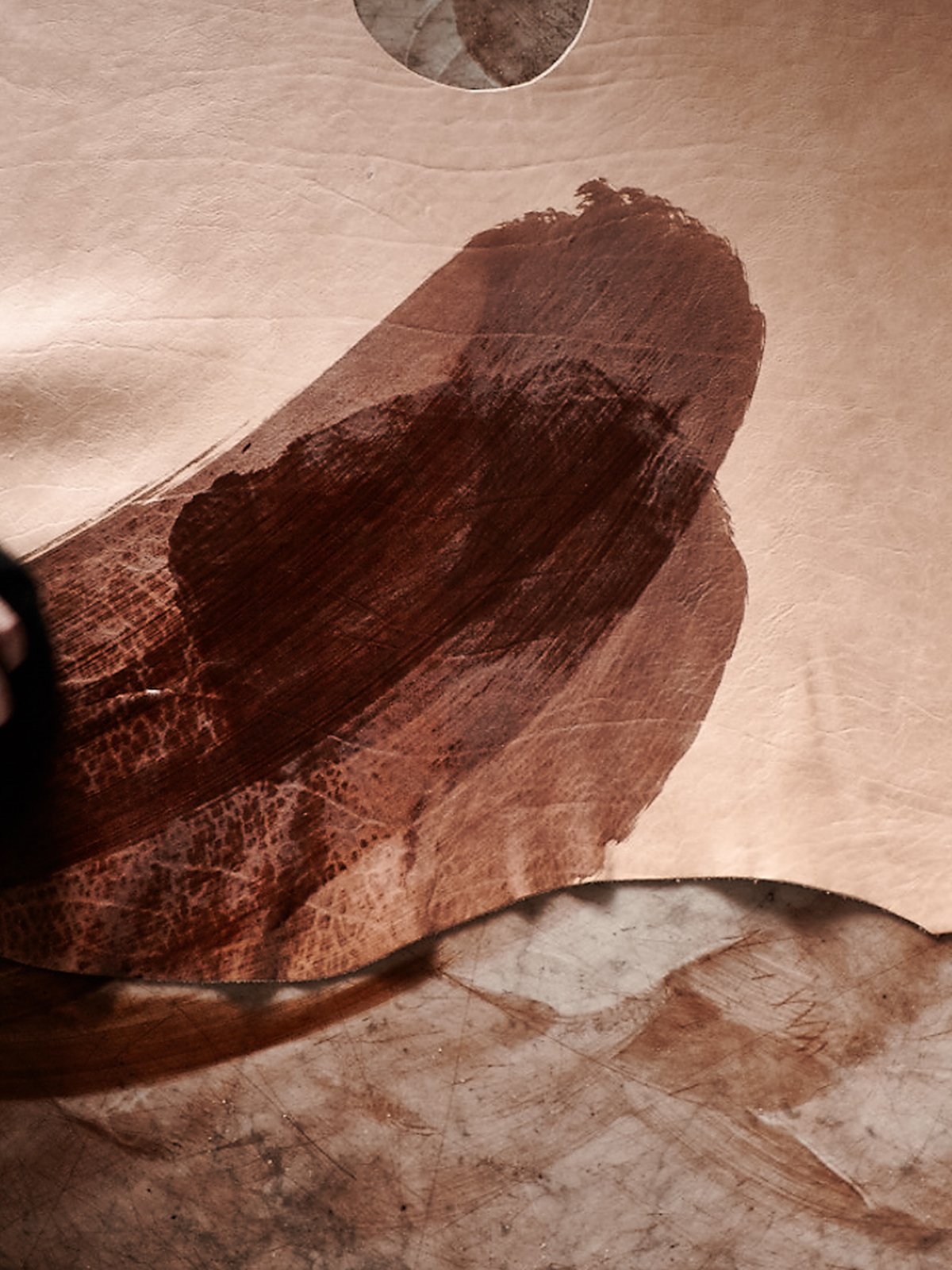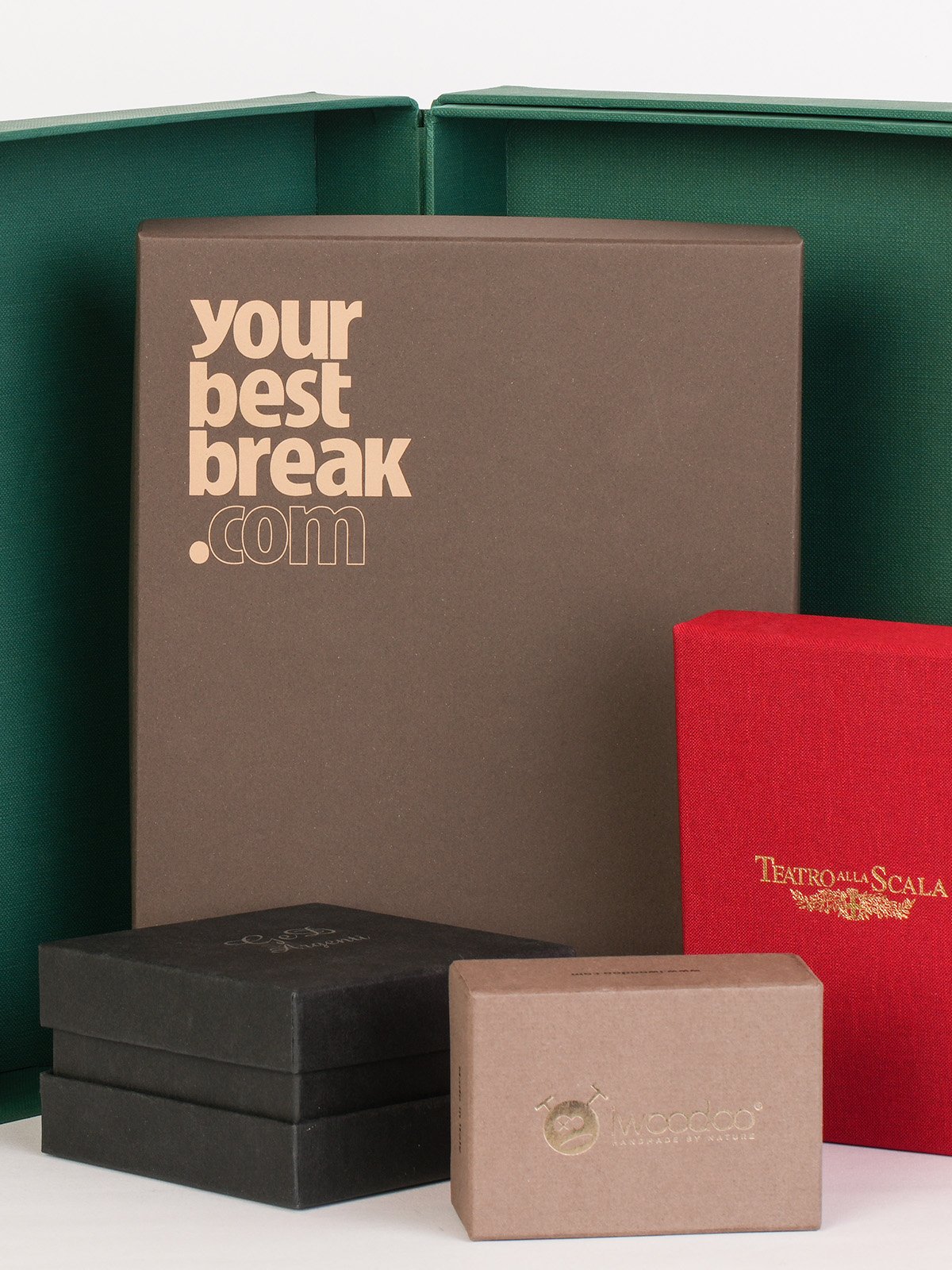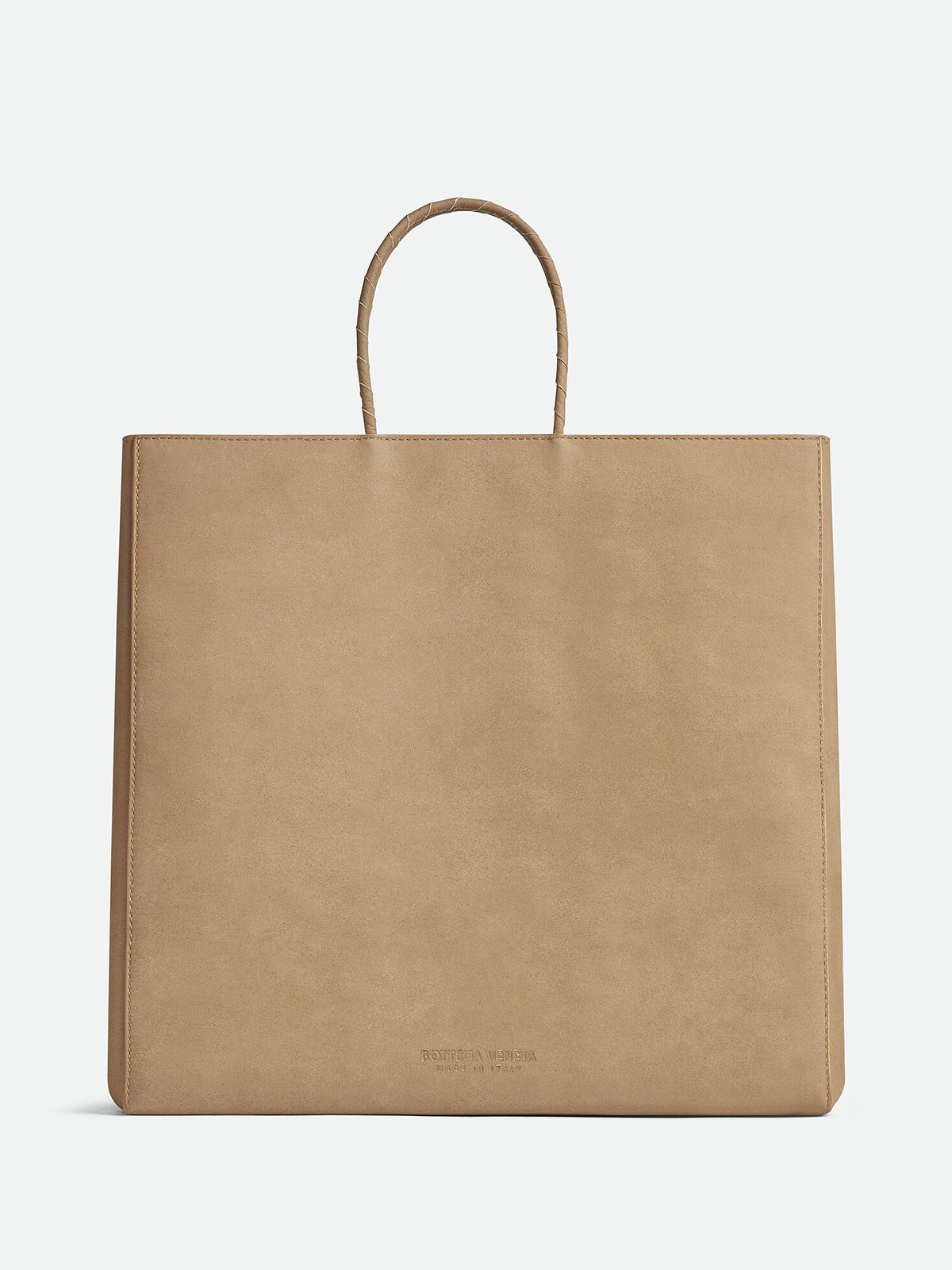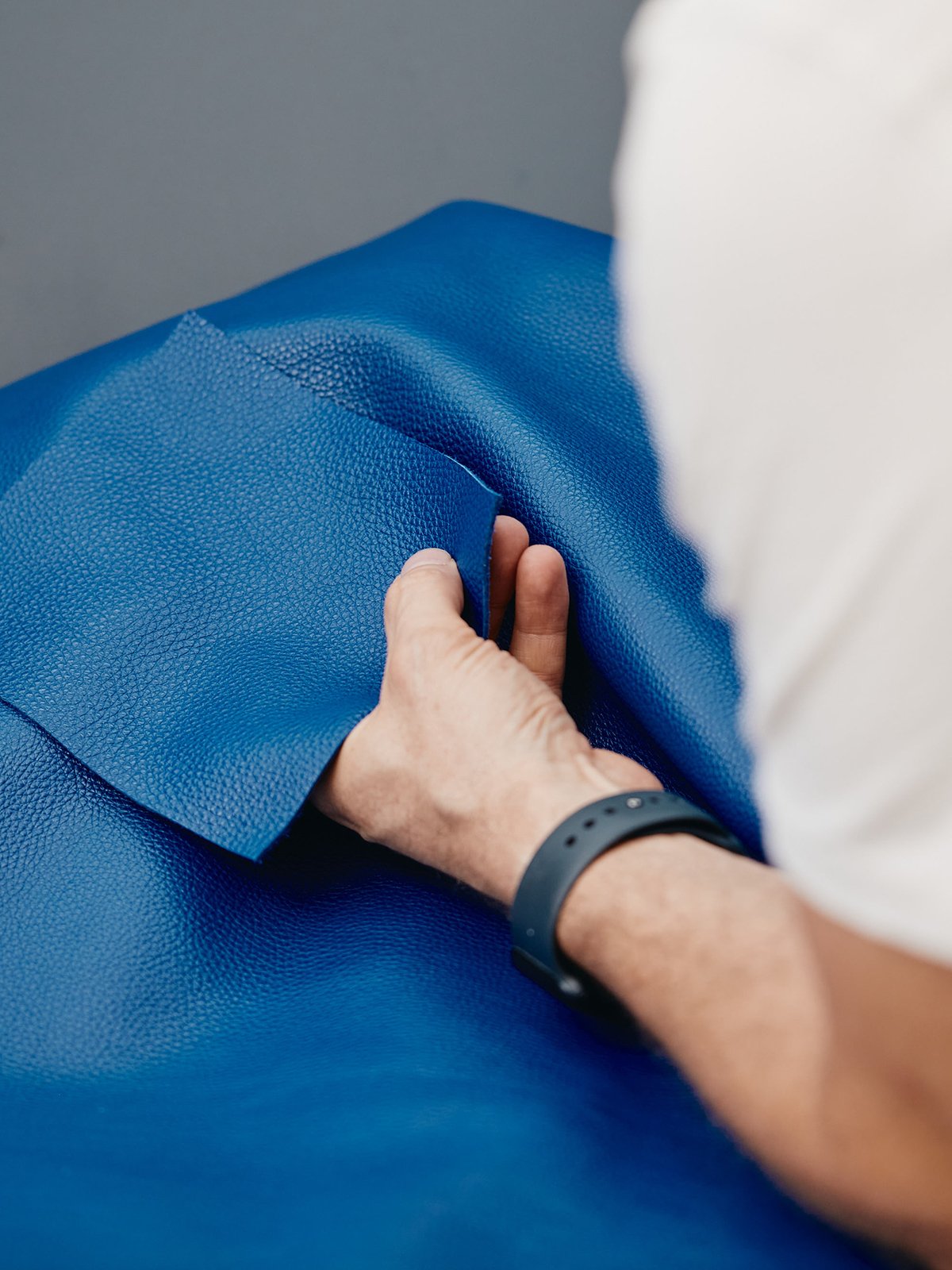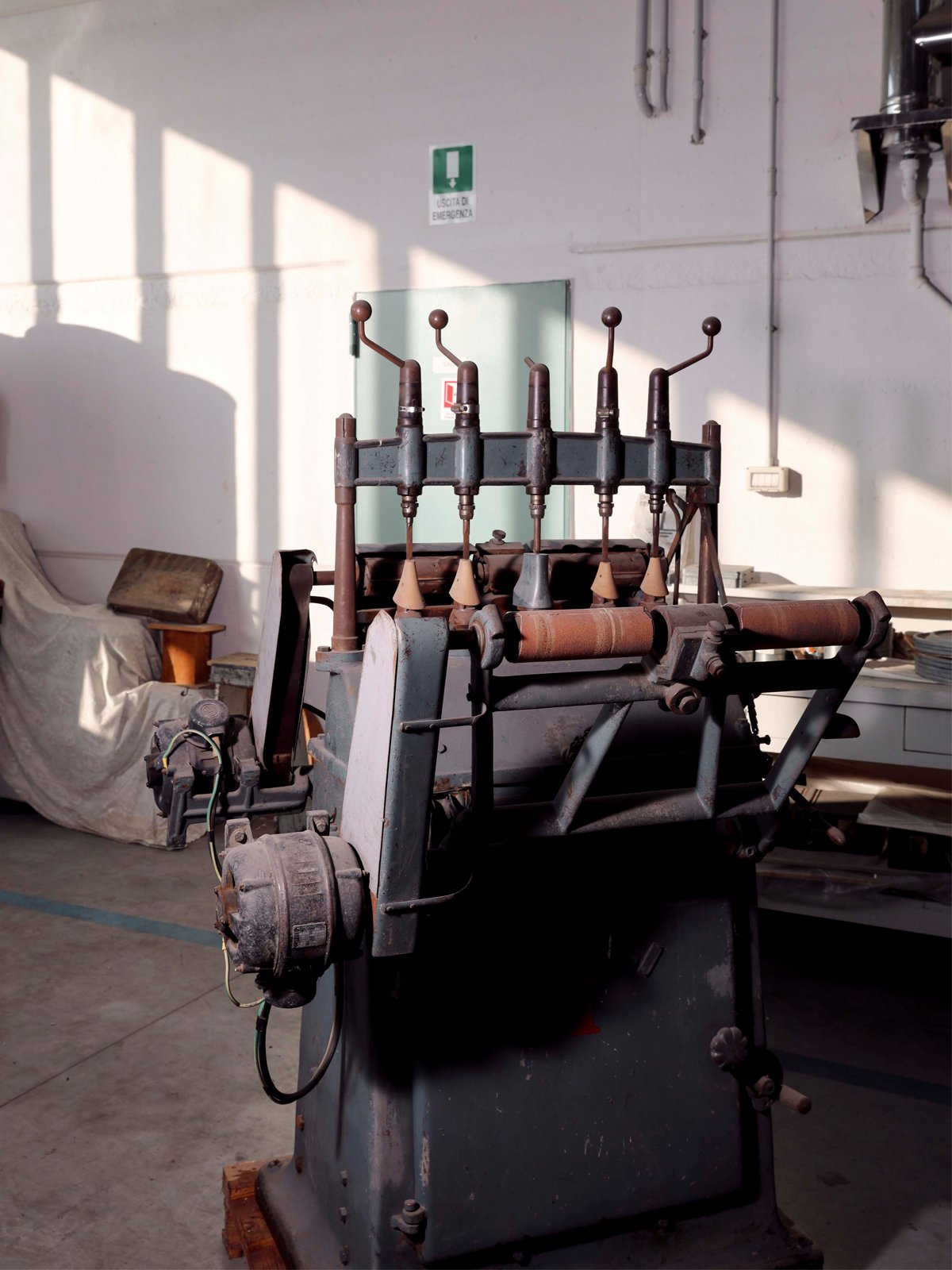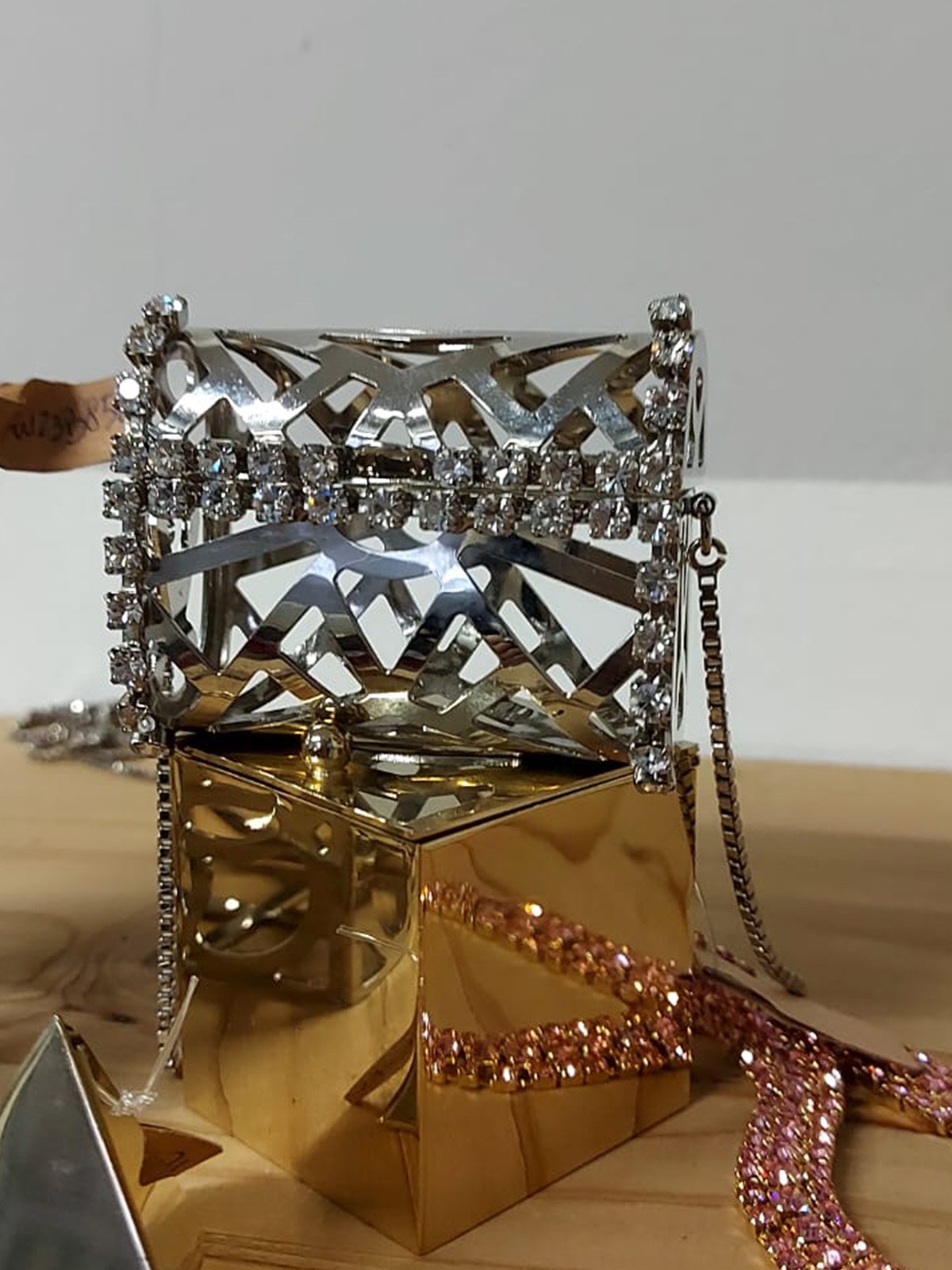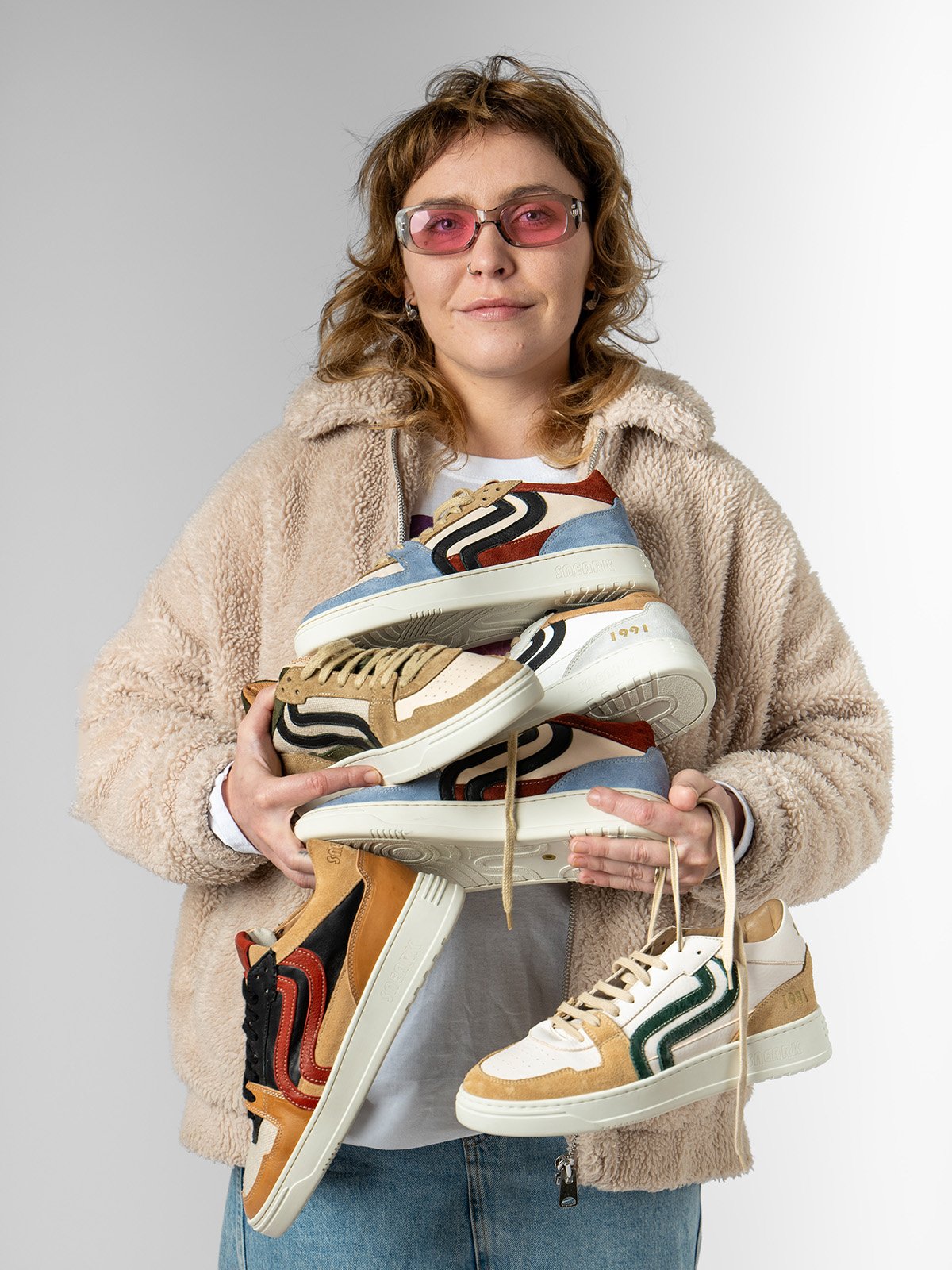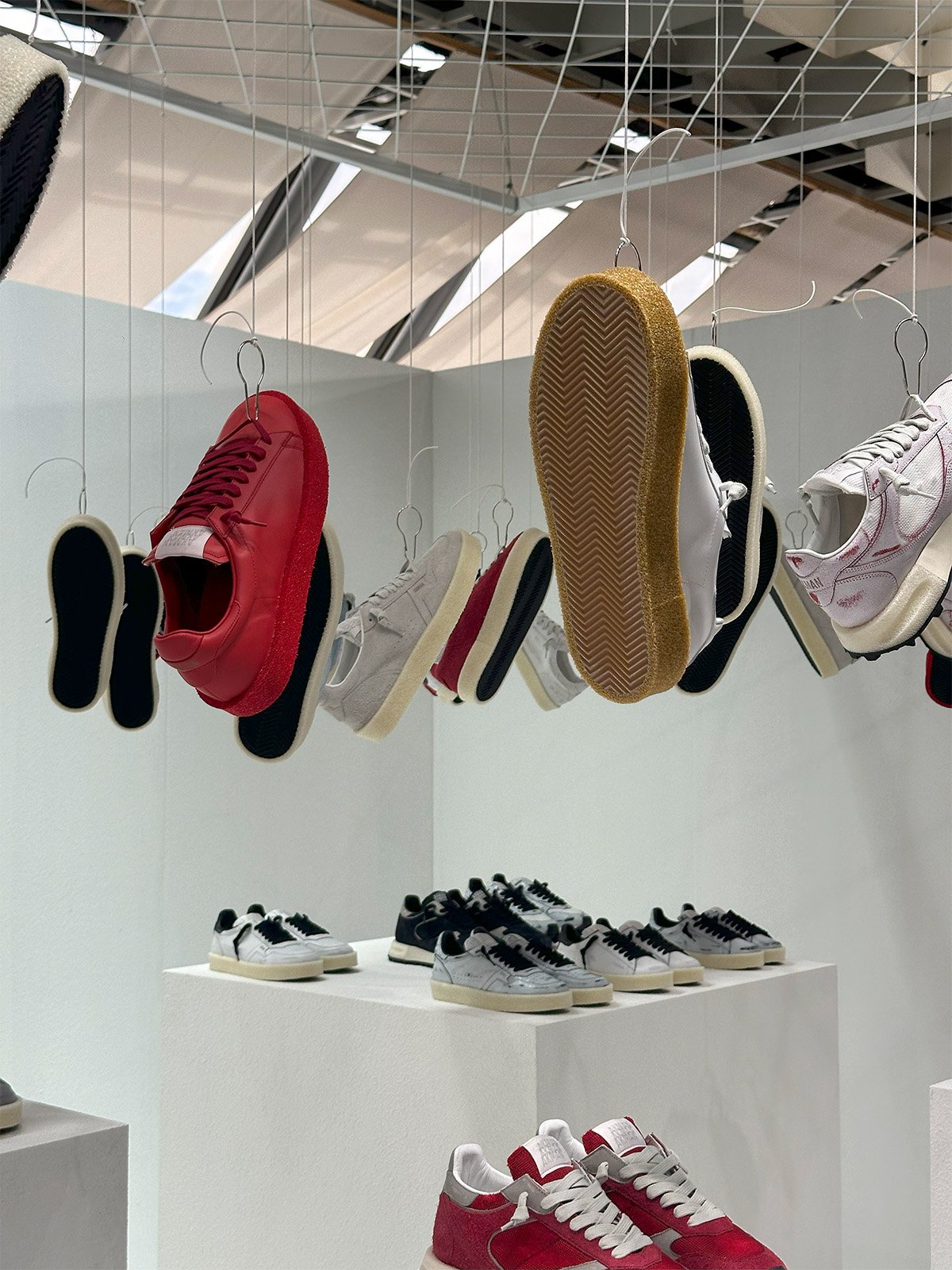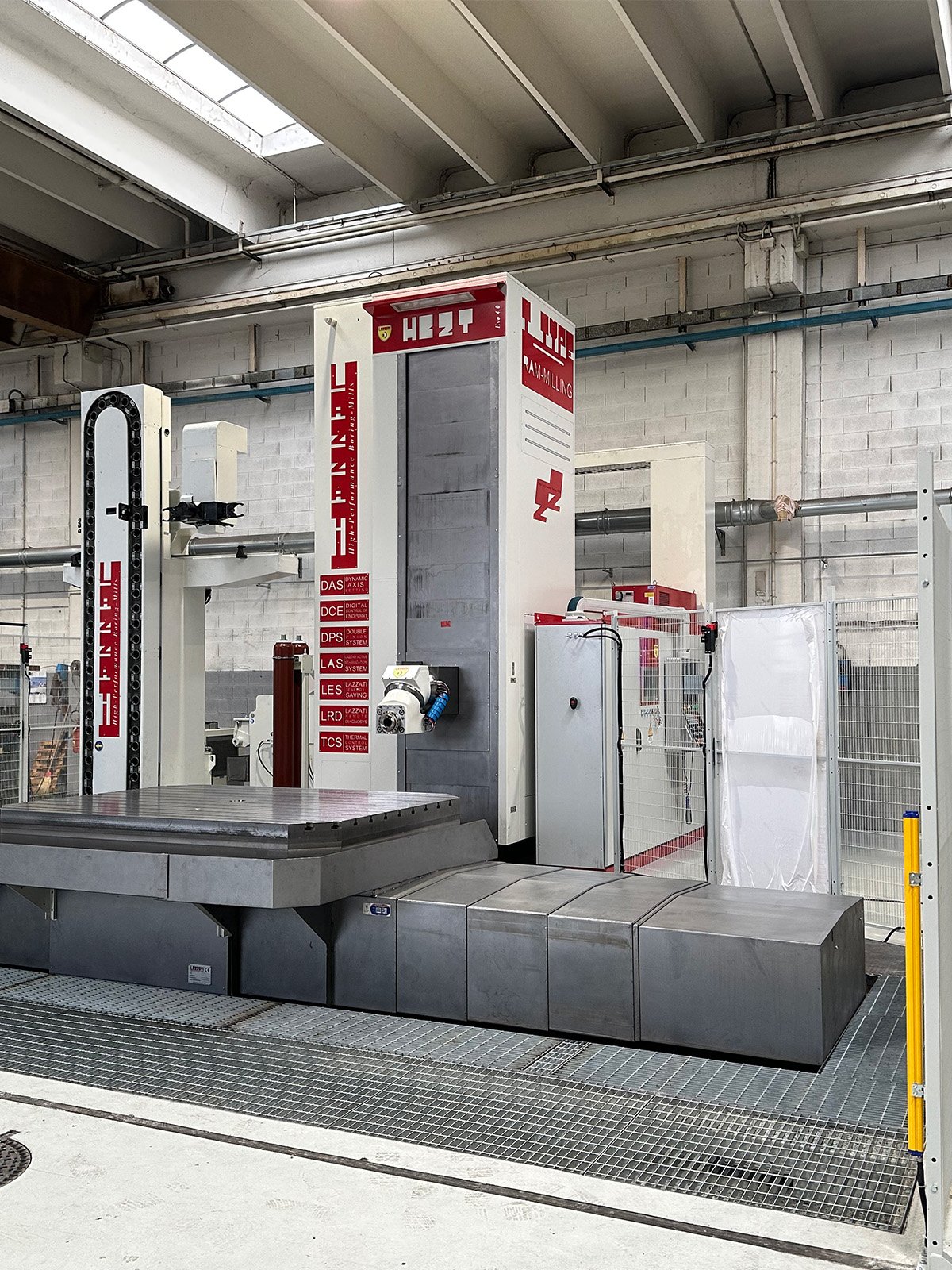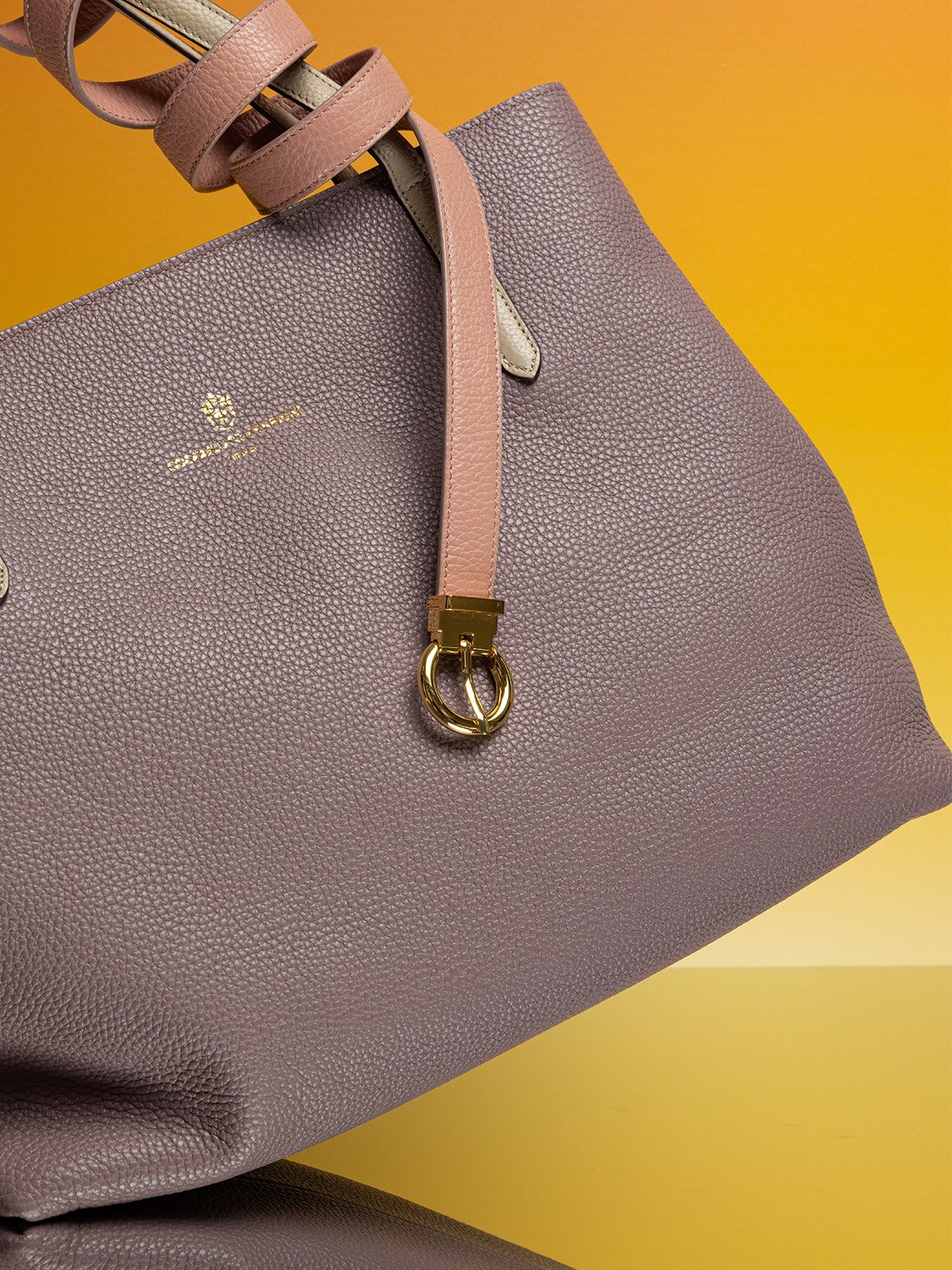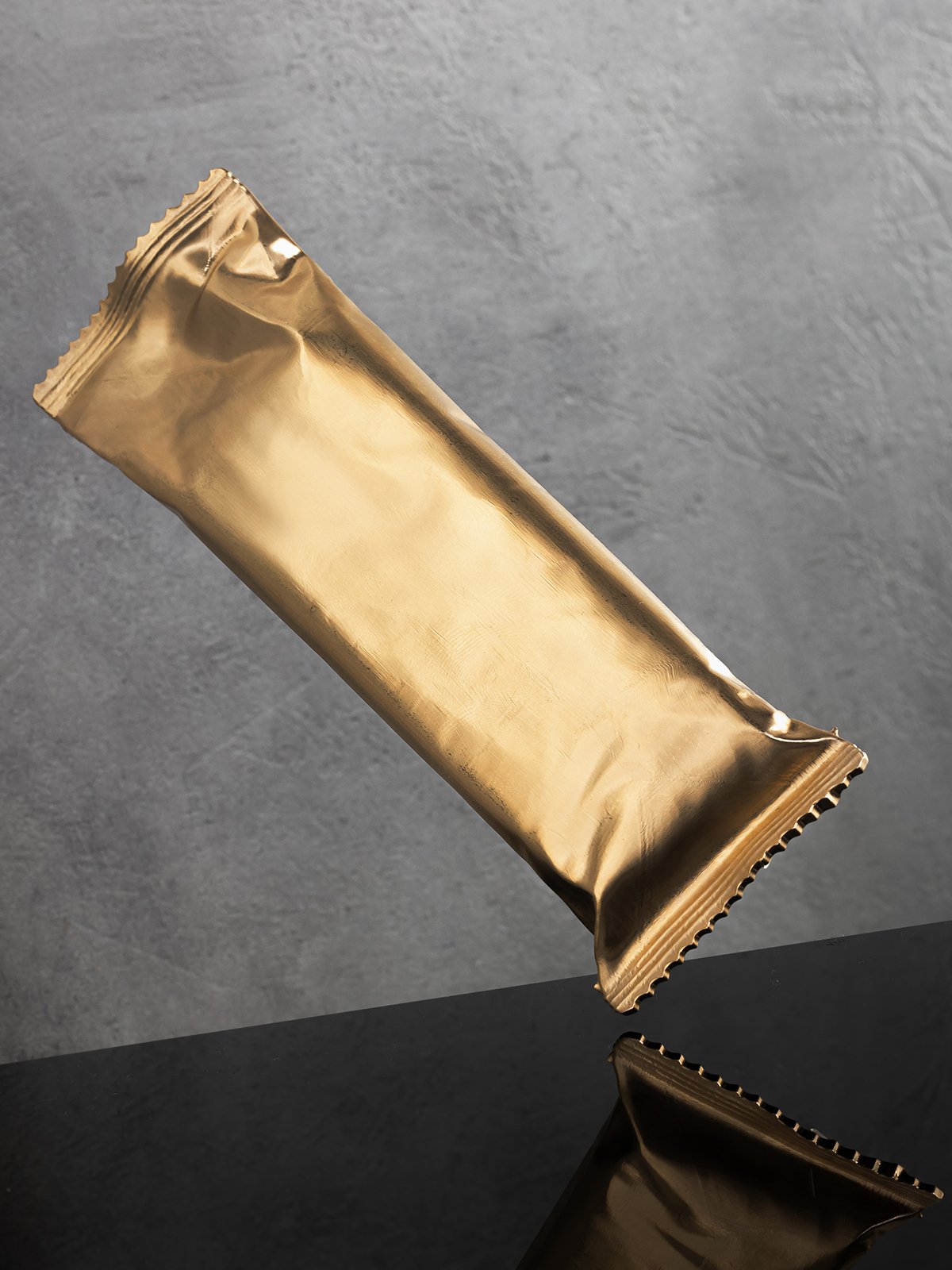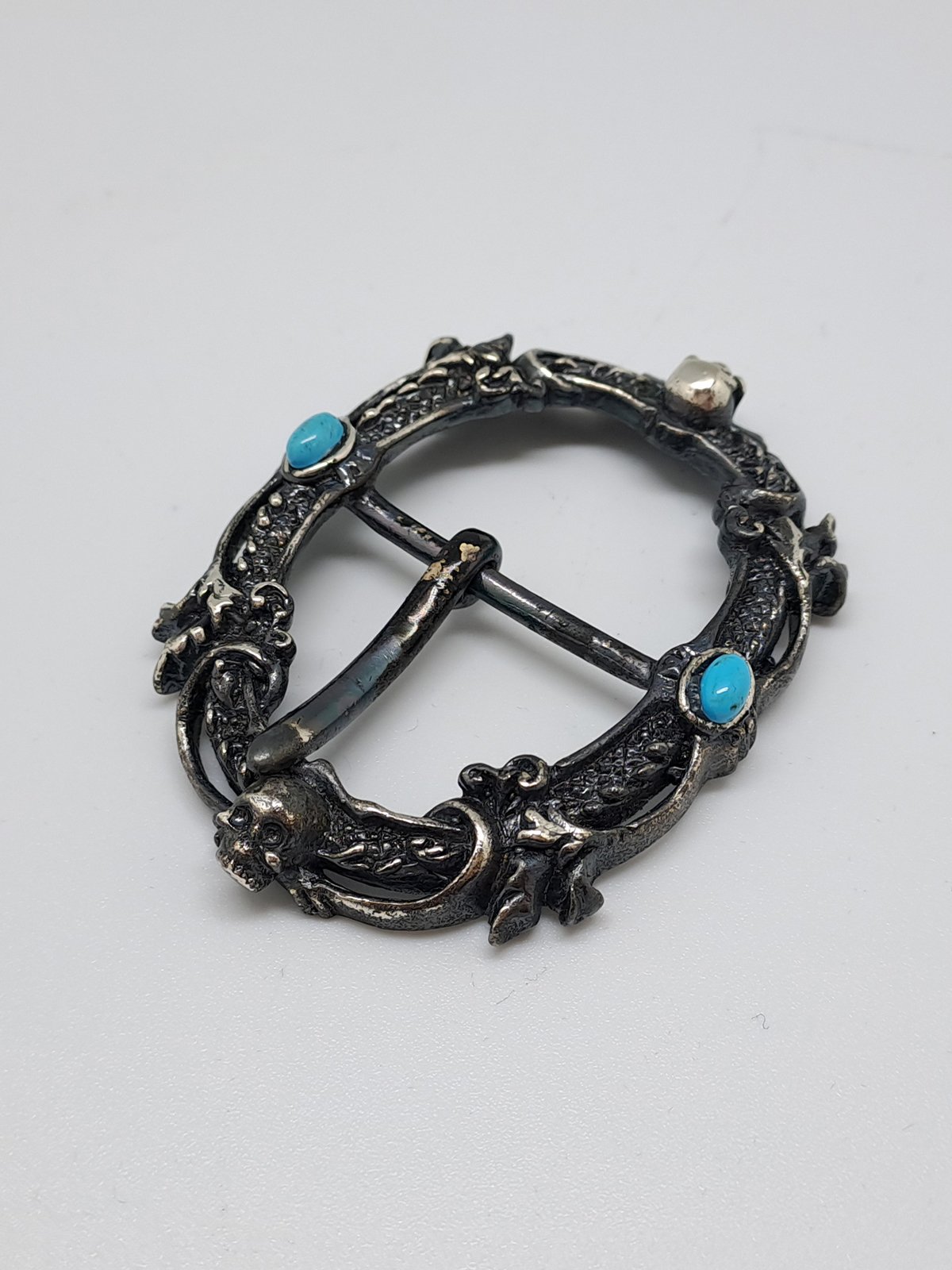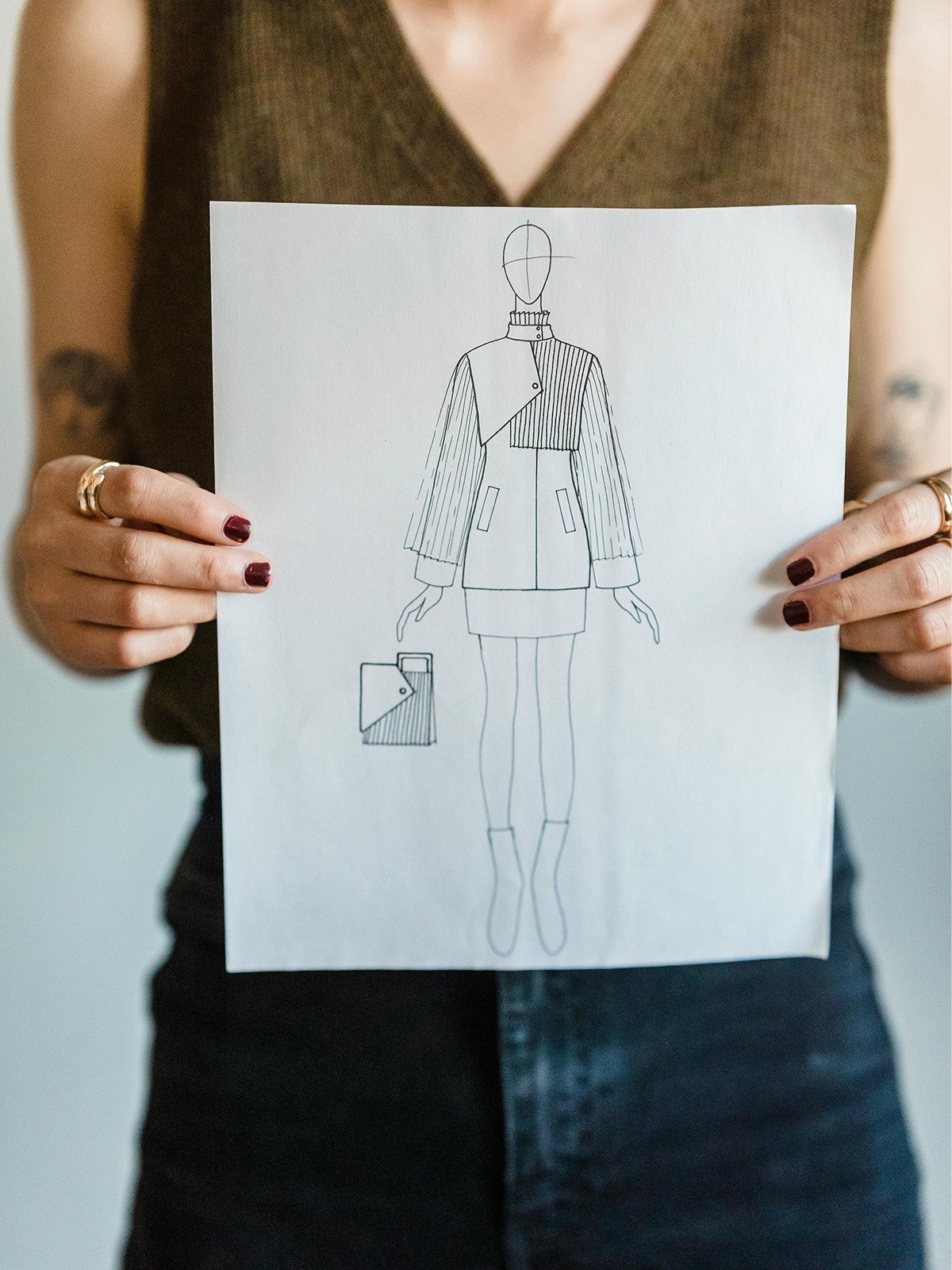News
TREND: Bags with metal handles
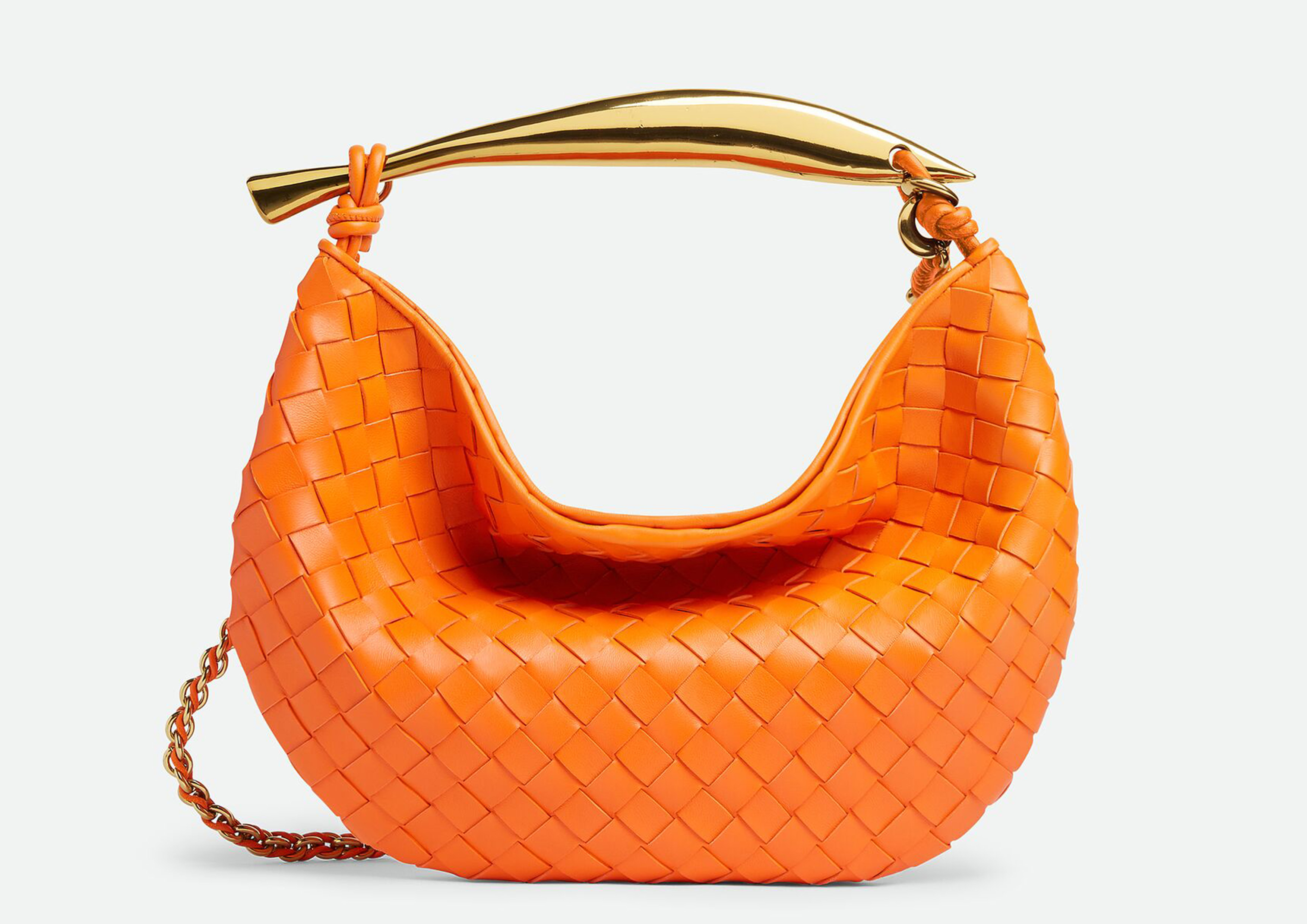
From Bottega Veneta's fish-handled Sardine to Jacquemus' Calino, bags with metal handles (or metal effect), are definitely a trend that is winning over the public, and more and more maisons are designing and producing models that incorporate metallic details in simple or more elaborate shapes.
But how are these accessories made?
First of all, it is necessary to distinguish whether it is real metal, i.e., brass or aluminum. "Aluminum is about 30 percent lighter than brass, but it is more difficult to work with because it does not withstand high temperatures, so for many processes it is impossible to use it," says Alberto Di Gioia of Fibel, a company that has been making metal accessories for luxury leather goods for more than 40 years. Very often then, especially when the design is more complex, it is brass, which can be given the most whimsical shapes through a handcrafted process that involves the use of a rubber mold.
"It takes about 10 to 15 days to create the first piece: the mold is designed with CAD and printed in 3D rubber, and the molten metal is injected inside, which solidifies, taking the desired shape. Then the handle undergoes polymenting to make it shiny and then galvanizing, and screwed onto the bag," Di Gioia explains.
What are the alternatives?
There is zamak, machined by die casting: this is an alloy of aluminum, copper, and zinc, lighter than brass and less than aluminum, which has a higher melting point than the latter and therefore allows for more complex soldering, without reaching the complexity of brass. And finally, plastic materials, which cost more in sample production but then optimize costs in production-ideal for those who produce many parts and have a medium price point.
